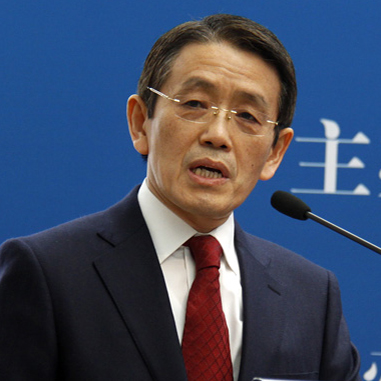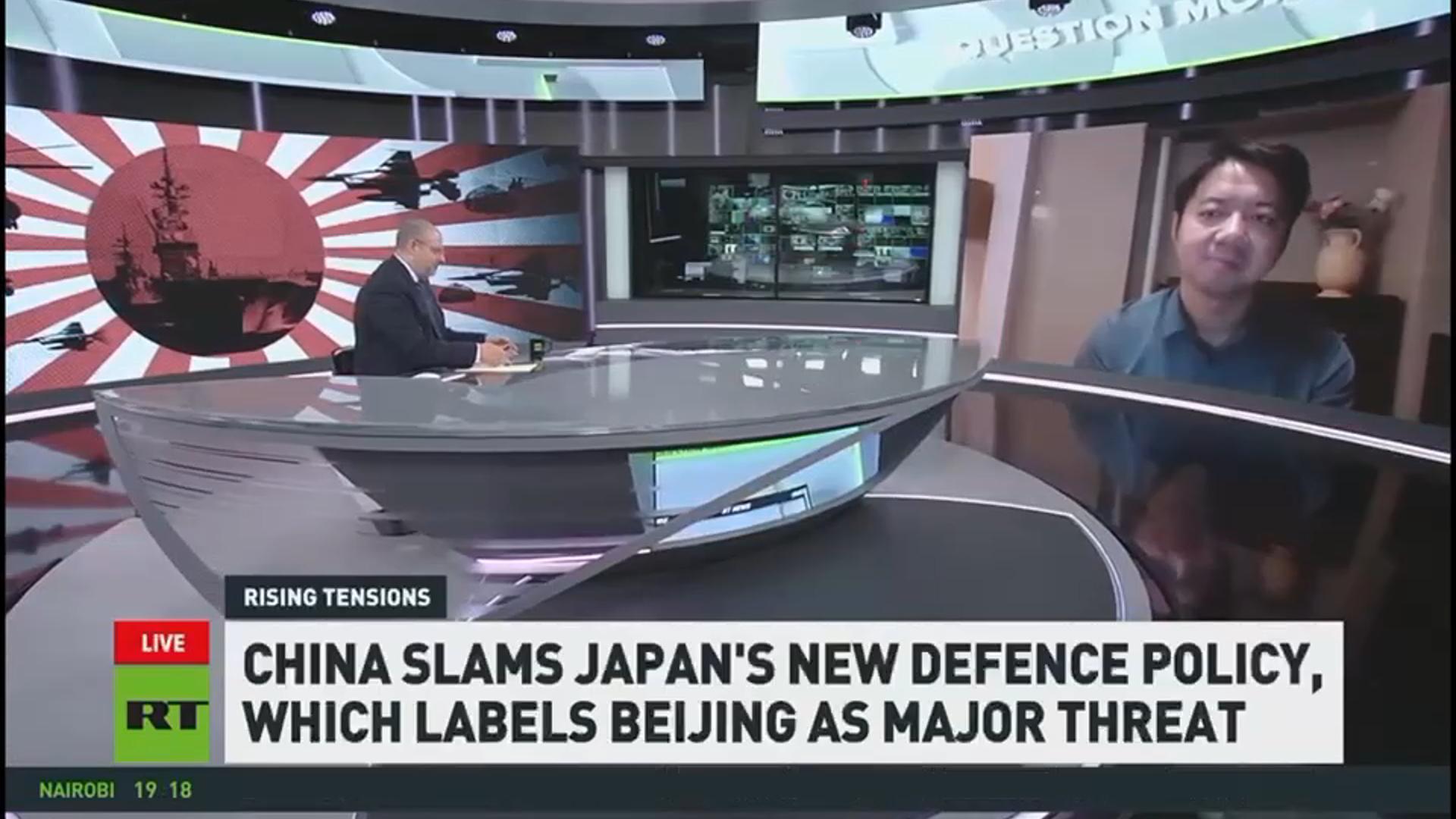Major Power Relations
Your Present Location: PROGRAMS> Major Power RelationsUnited States should cease playing with fire in South China Sea
The United States is misjudging the South China Sea issue in much the same way it misjudged the Asian Infrastructure Investment Bank. The US has committed a serious miscarriage of justice regarding China’s policy goals and overestimated its grip on the overall situation. The US erroneously described China’s action as “might makes right” and has continuously portrayed Beijing as a violator of international law and rules. When asking China not to militarize the South China Sea issue, the US militarized the issue itself by sending in P8-A patrol aircraft and other provocations. The US also promoted a joint operation with the Japanese Self-Defense Force in the South China Sea, further necessitating a Chinese response.
The US should not underestimate China’s determination to defend its national interest in the South China Sea. In April 2001, the Hainan Island incident occurred when a United States Navy EP-3E ARIES II surveillance aircraft was involved in a mid-air collision with a People’s Liberation Army Navy J-8II interceptor fighter jet. In response to the US’s provocative close-in surveillance operation, Chinese pilot Wang Wei bravely sacrificed his life. Although China has always hoped to maintain a stable and positive relationship with the US, that does not mean China will indefinitely endure the US’s hostile actions. China today is far more powerful than China of 2001. We have more advanced military capabilities. Washington will pay an even greater price for such an imprudent initiative.
In dealing with the South China Sea issue, China has been restrained and has never used, or threatened to use, force. But China has the right to draw red lines in the South China Sea, to warn other claimants not to push too much.
US experts accuse China of violations
The fifth article of the Declaration on the Conduct of Parties in the South China Sea states “Parties undertake to exercise self-restraint in the conduct of activities that would complicate or escalate disputes and affect peace and stability including, among others, refraining from action of inhabiting on the presently uninhabited islands, reefs, shoals, cays, and other features and to handle their differences in a constructive manner.”
But China’s islands are not uninhabited. These islands and reefs are stationed with Chinese troops and Chinese construction there is to improve the living conditions for the stationed troops. China does not accept and will not participate in the Philippines’ unilaterally proposed arbitration consistent with the United Nations Convention on the Law of the Sea.
Among the 193 United Nations member states, only 71 agreed to accept the compulsory jurisdiction of the International Court of Justice. Does that then mean that the remaining 122, including the US, are all challenging international law?
The US media often incorrectly claims China is to occupy the entire South China Sea, which is a hugely harmful exaggeration. China only claims sovereignty over part of the South China Sea islands and adjacent waters. This claim has a legal basis. The United Nations Convention on the Law of the Sea does not deny the existence of historic rights. The US should clearly realize that it does not occupy the status of arbiter of international law, even if it is always going on about international rules and international law.
Just as it seriously underestimated the complexity of Ukraine and Syria, the US badly underestimated the complexity of the South China Sea. The US stubbornly regarded itself as the guarantor of global security and the so-called “indispensable nation.” It proved, however, that the problems US intervention causes are far more numerous than the problems solved. Is the US really ready to deal with the consequences? Usually the real victims are the states of the region concerned themselves.
Being aware of this risk, in his keynote address at the Shangri-La Dialogue, Singapore Prime Minister Lee Hsien Loong expressed the strong concerns south-east Asia nations feel about China-US relations. The US stresses its Pax Americana. But it is doubtful that the US can maintain its dominance in maritime Asia in the coming decades.
The US should cautiously assess China’s own feeling of insecurity and policy responses. It also needs to avoid provoking Beijing any further and at the risk of derailing US-China bilateral relations.
The author is an adjunct fellow at Chongyang Institute for Financial Studies, Renmin University of China.
Key Words: Zhao Minghao; South China Sea;























































































 京公网安备 11010802037854号
京公网安备 11010802037854号





